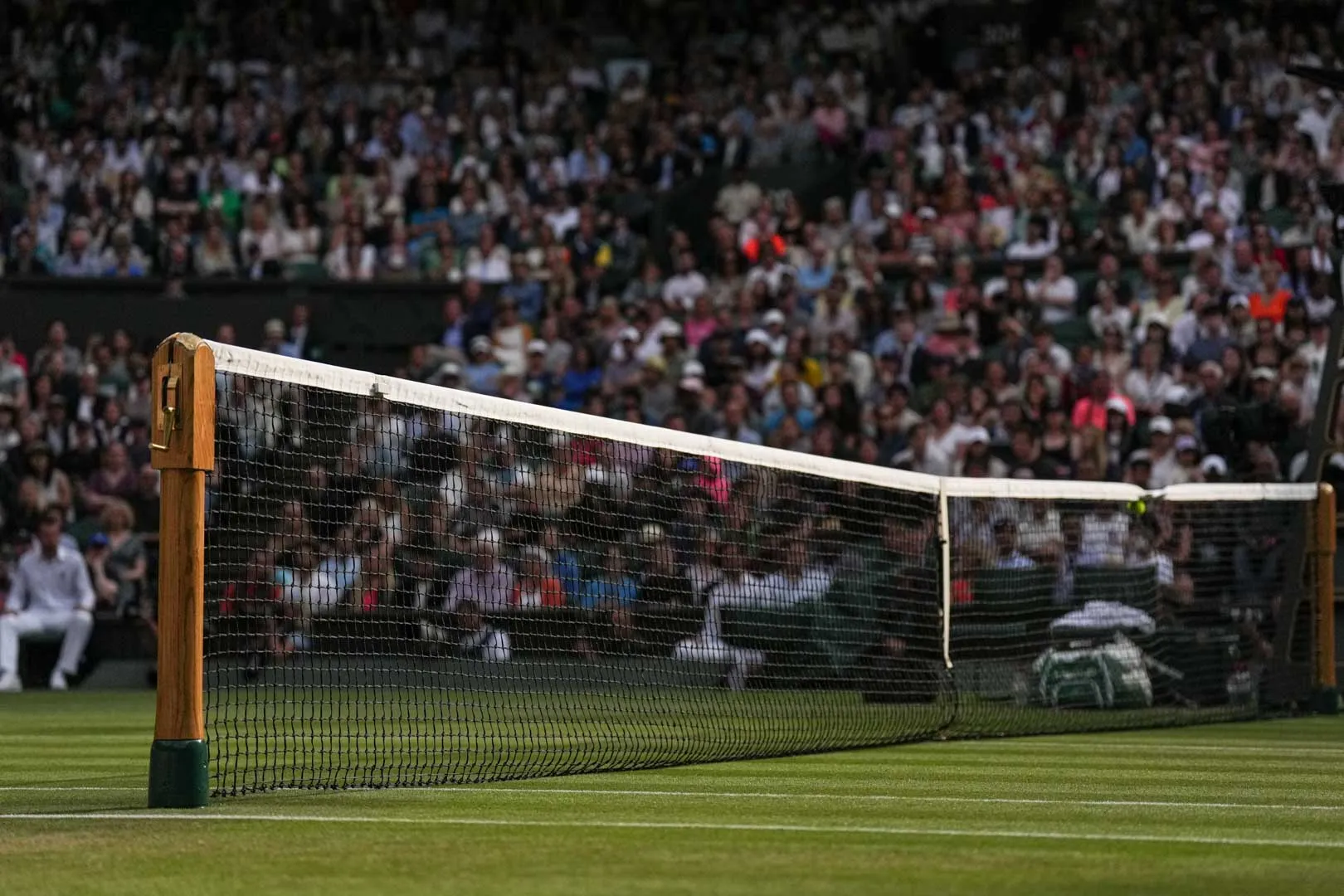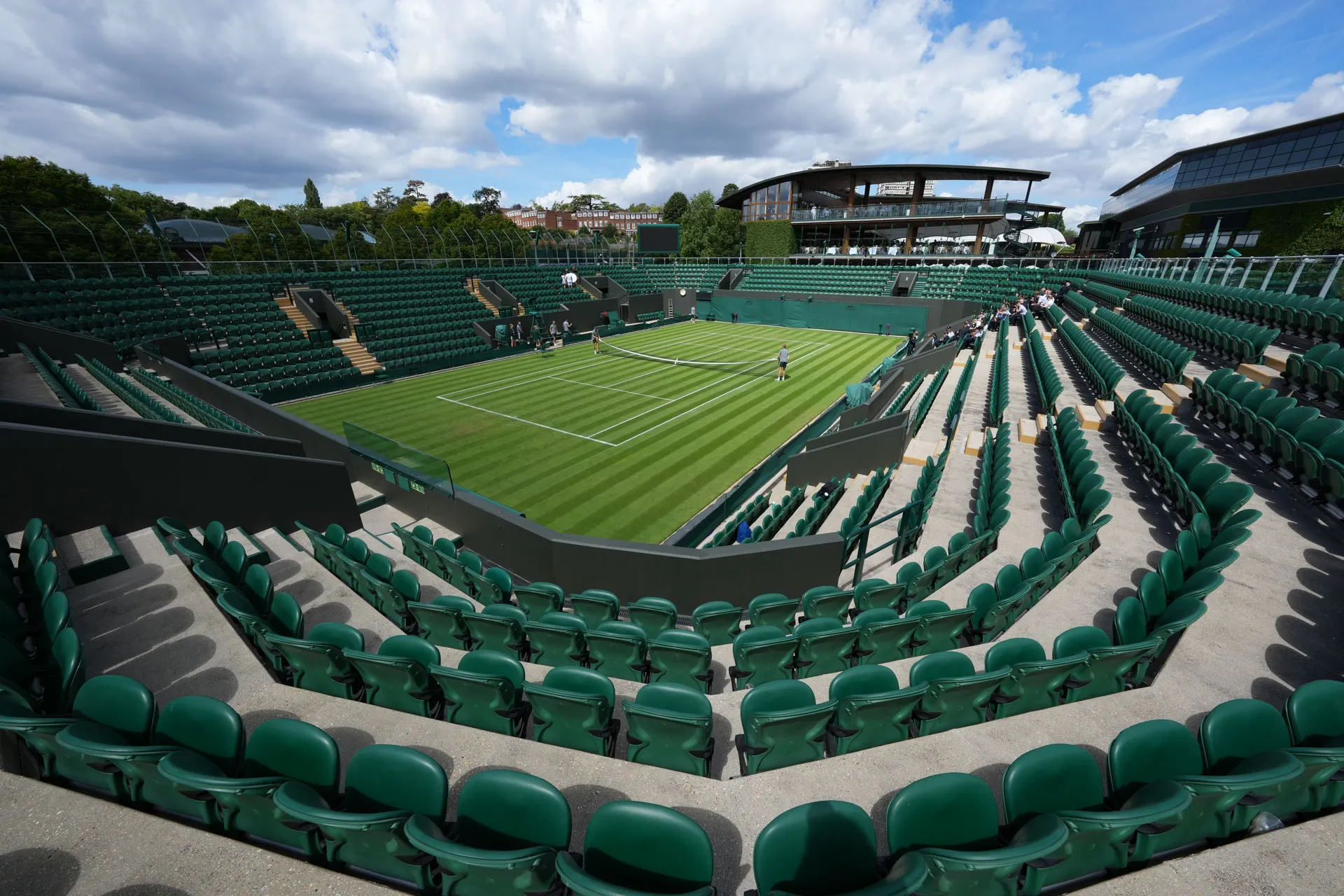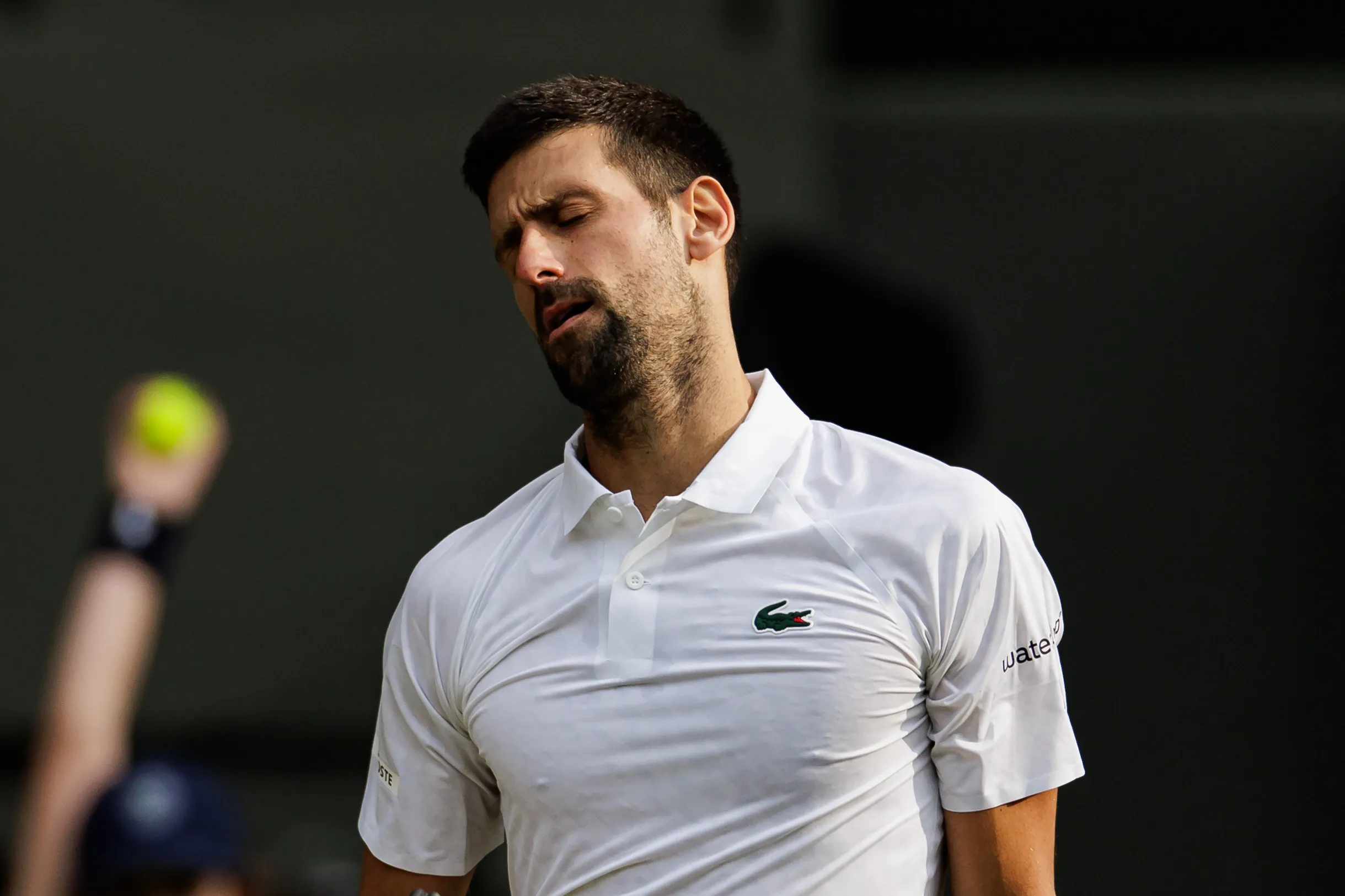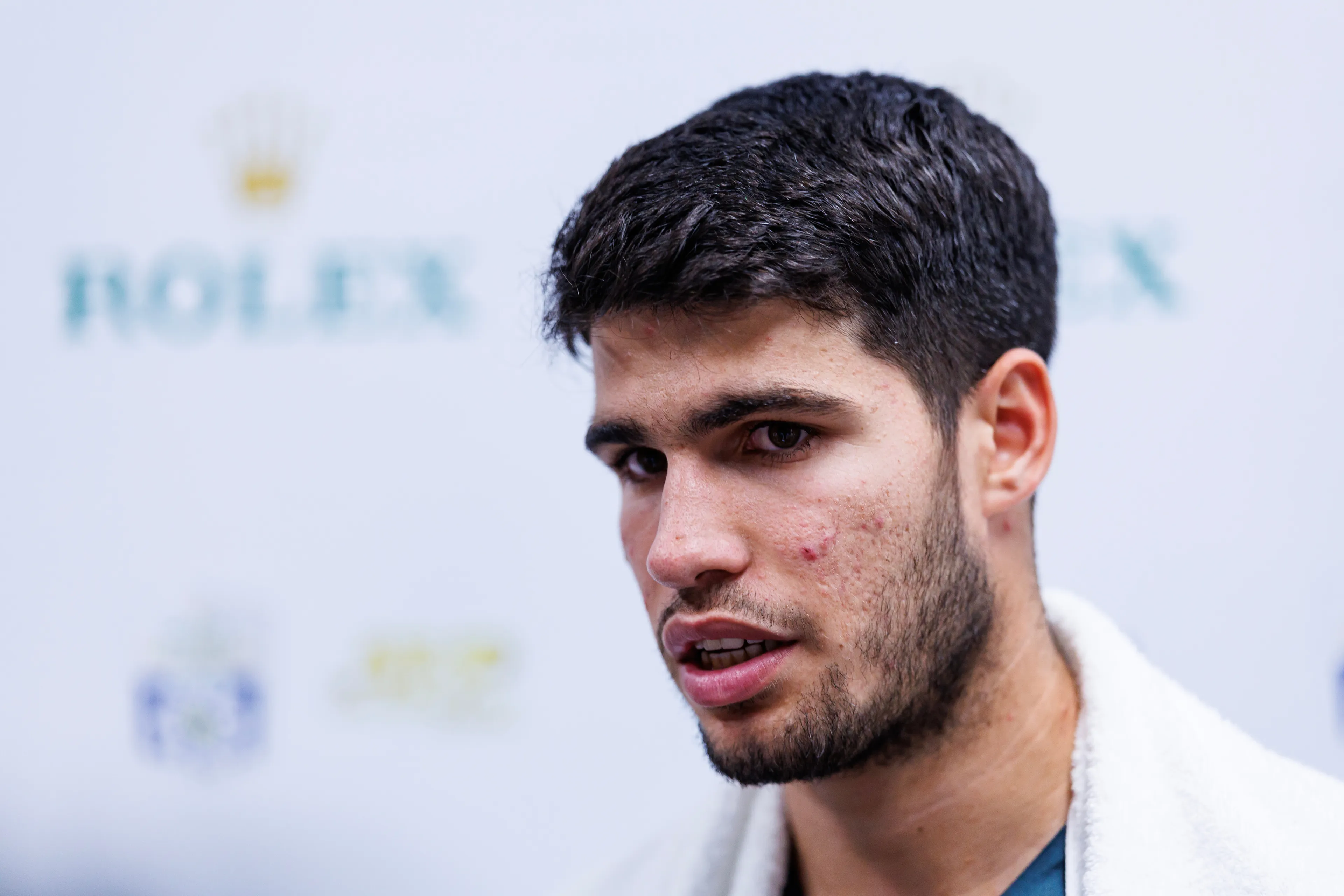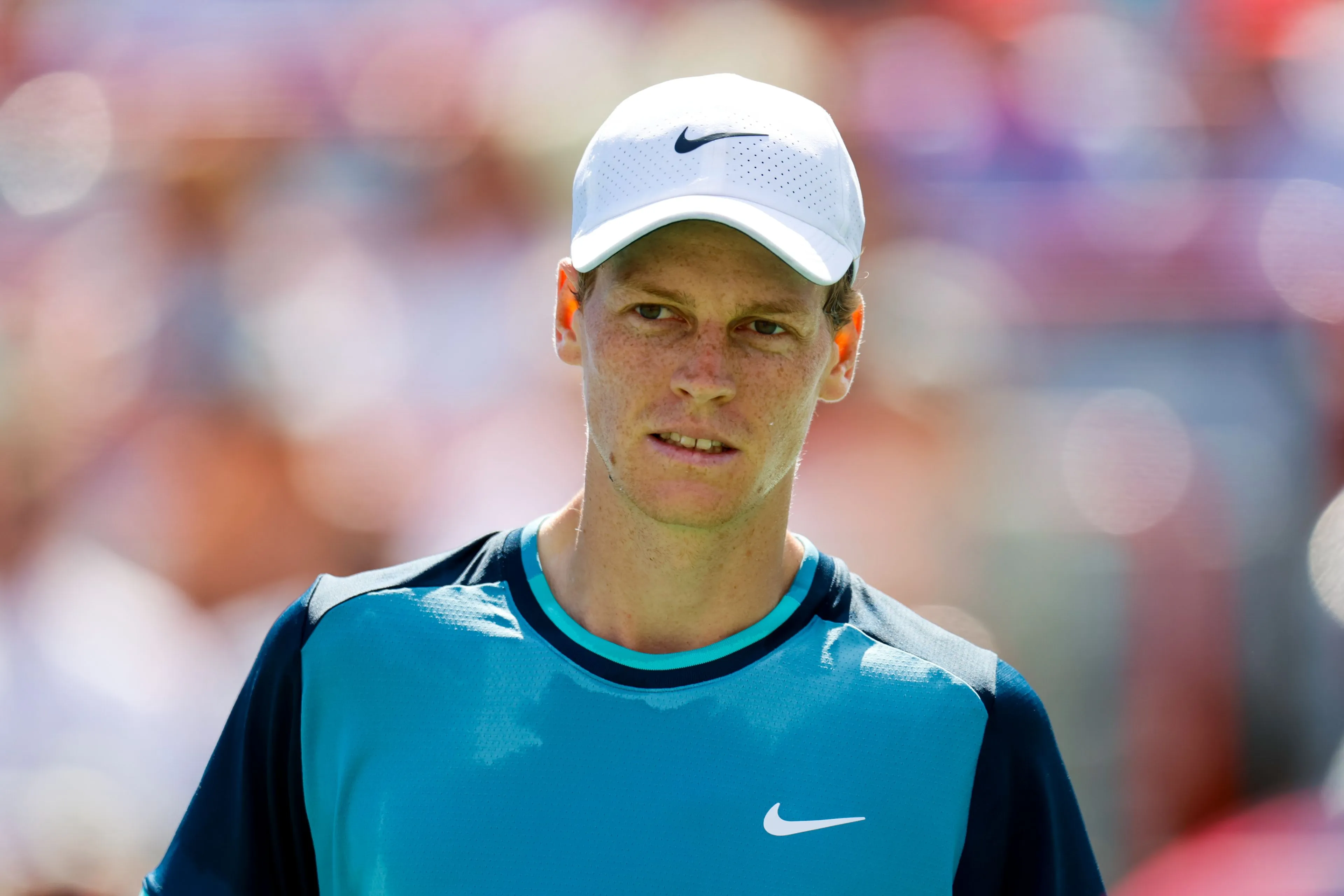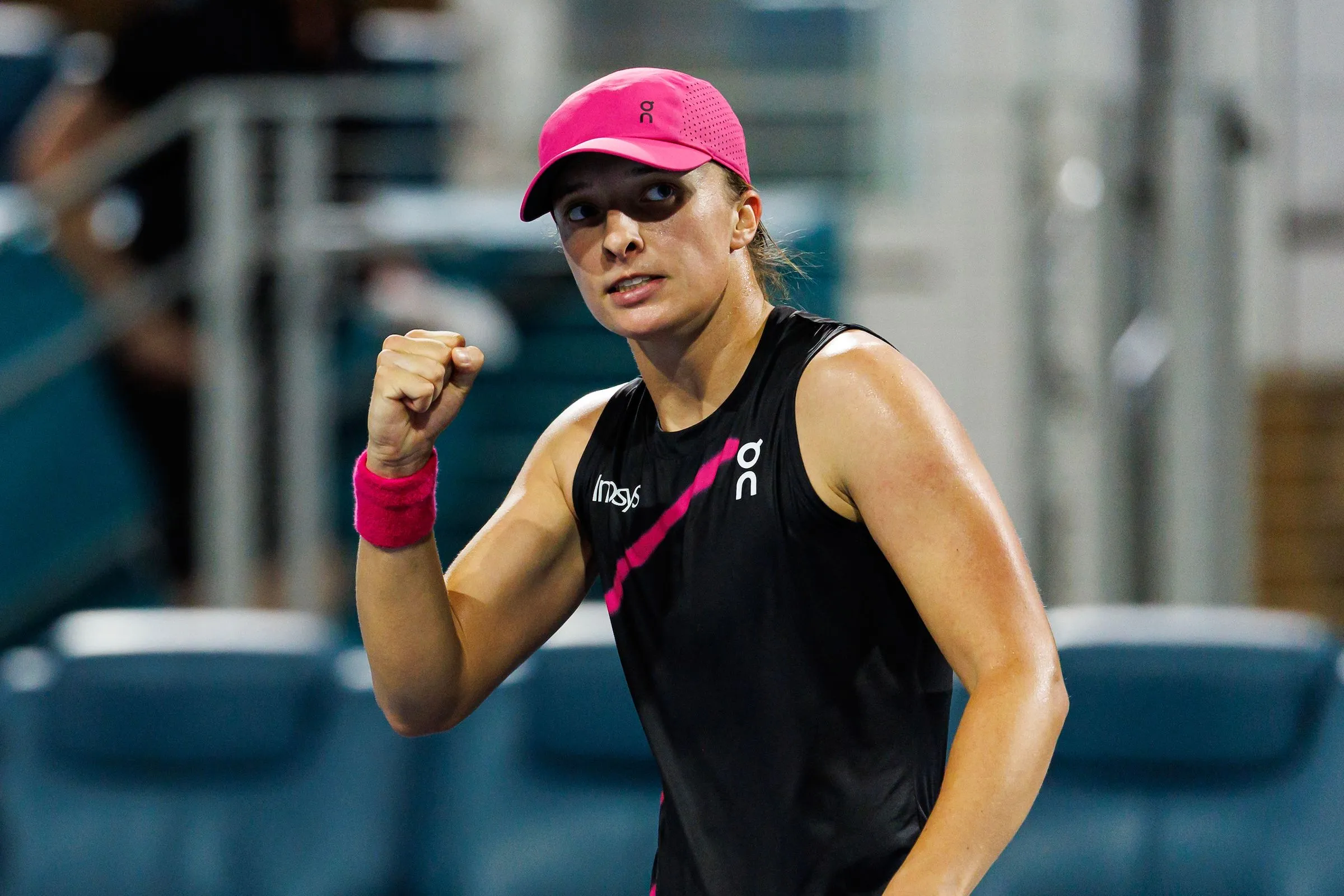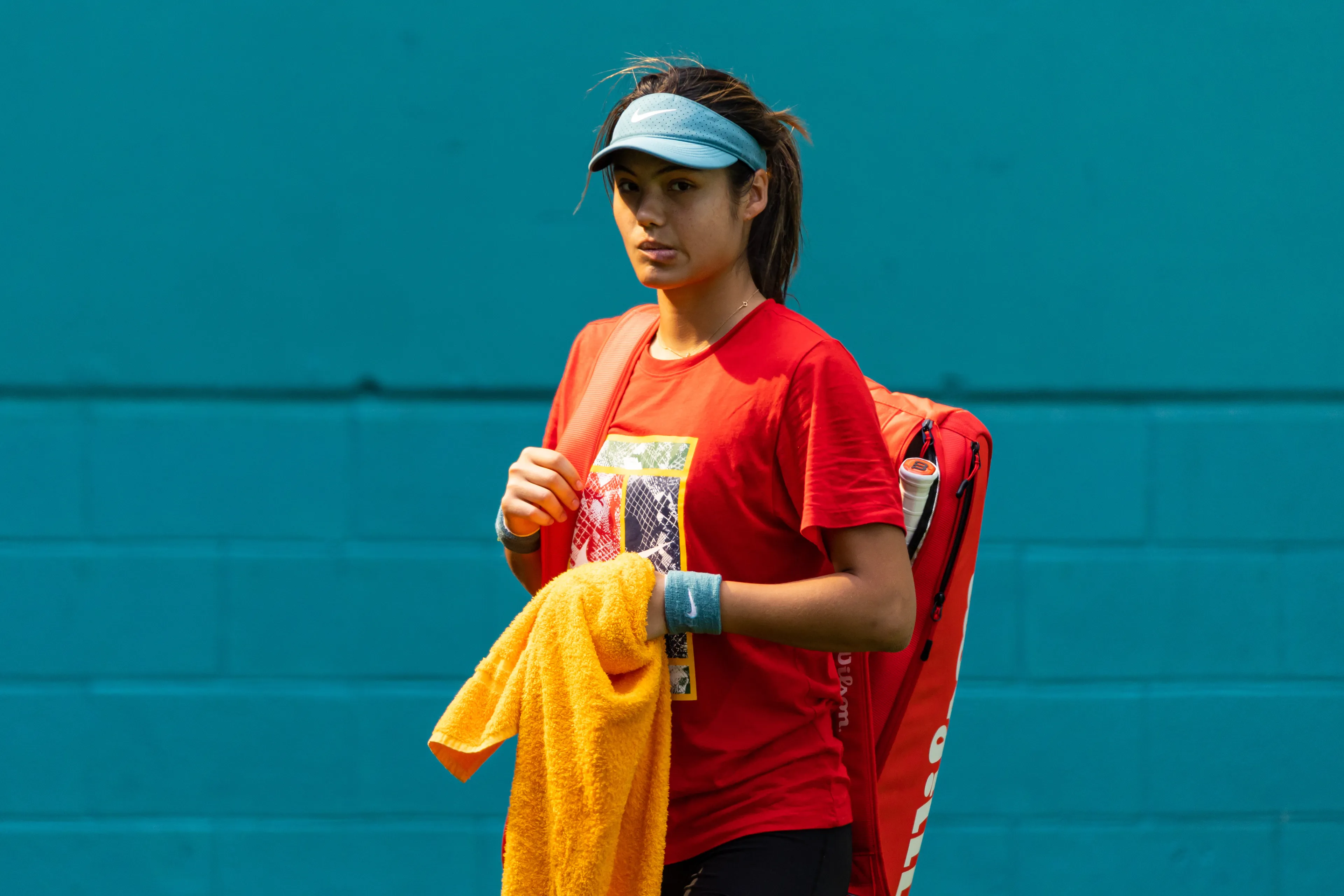Which Are the Five Active Team Competitions In Tennis?
TennisWednesday, 02 August 2023 at 13:00
Updated at Sunday, 29 October 2023 at 13:03

Team competitions in tennis have been in existence since the start of the 20th century, and they are also present now.
Usually contested among mixed genders or amongst countries, these competitions have evolved with complete reforms in tournament format and structure. In this article, we shall look at the five active team competitions in tennis that have been sanctioned by tennis' governing bodies such as the International Tennis Federation, the ATP, and WTA.
5. Laver Cup
The Laver Cup is a head-to-head team competition pitting Team World (featuring invited six top ATP players from every continent except Europe) against Team Europe (featuring six of the best ATP players from the European continent). The two teams are led by a team captain who by distinction is a tennis legend.
The tournament was founded in 2017 through the brainwork of 20-time Grand Slam champion Roger Federer alongside his agent Tony Godsick. There are 12 matches during the 3-day event, with each win on day 1 accounting for one point, two points on day 2, and three points on day 3. The first team to register 13 points wins the competition.
The event takes place two weeks after the US Open and is held at a location chosen beforehand that does not host an ATP Tour event. The host city rotates each year between Europe and the rest of the world. The Laver Cup is an indoor hardcourt tournament and does not offer ranking points.
Read also
4. Hopman Cup
The Hopman Cup was founded in 1989 as a mixed-gender team competition with the intention of standing alongside the ITF's flagship team events, the Davis Cup and Billie Jean King Cup. Originally, the event was held in Perth, Australia, on hard courts, from 1989 until 2019.
But it was replaced by the now nonextant ATP Cup for the next three seasons. Hopman Cup returned to the tennis calendar for the 2023 season, which was contested outside Australian soil for the first time. It was held in Nice, France, and on clay, featuring six teams as opposed to an eight-team format.
The six teams are divided into two groups of three teams each and play in a round-robin format. The winners of each group qualify for the final. No ranking points are offered in this event.
3. United Cup
This is a mixed-gender team tournament that was inaugurated in 2023 season and
replaced the now-defunct ATP Cup. It is contested on hard courts during the
opening two weeks of the season in Australia.
18 countries compete in a round-robin format in six groups of three and the
winner of each group will play for a spot in the City Final to determine the three
countries that will qualify for the final four. The fourth team to complete the
semifinalists will be the best-performing losing team in the City Final.
Read also
According to the qualification format, six countries qualify based on
the ATP ranking of their number one player, six countries qualify based on
the WTA ranking of their number one singles player, and six countries qualify based on the best-combined ranking of their number one ATP and WTA players. The
host country receives direct entry into the event.
It is the first mixed-gender tennis tournament that offers ranking points
across both the ATP and WTA tours. There are talks of the tournament potentially moving to
Saudi Arabia in the forthcoming years.
2. Billie Jean King Cup
Formerly known as the Federation Cup, then Fed Cup, this tournament was
later renamed the Billie Jean King Cup in honor of former WTA tennis number one
player Billie Jean King. It is the largest annual women's team competition
based on the number of countries involved.
Over 100 countries compete at the Billie Jean King Cup, but only 12 teams will vie to win the prestigious women's team competition in November.
1. Davis Cup
It's only fitting we start off with the oldest team competition in
tennis. Since its inception in 1900, the Davis Cup has grown in stature and
popularity, and numbers in the past century. Having started as a two-team competition between USA and Great Britain, the Davis Cup now converges 155
nations in the competition as of 2023.
Known as the World Cup of tennis, the Davis Cup is usually contested
amongst countries and among male players. The format for the Davis Cup was initially like this: 18 of the best countries competed in the World Group and nations that are not in the World Group competed in one of three regional zones (Americas, Asia/Oceania, and Europe/Africa).
That changed in the complete format overhaul in 2019 whereby 24 of the best countries countries compete in the Davis Cup Qualifiers on a home-and-away basis in early February for 12 spots in the Davis Cup Finals later during the year. The competition is spread over four
weekends every year and the complete tournament format and schedule are available here.


